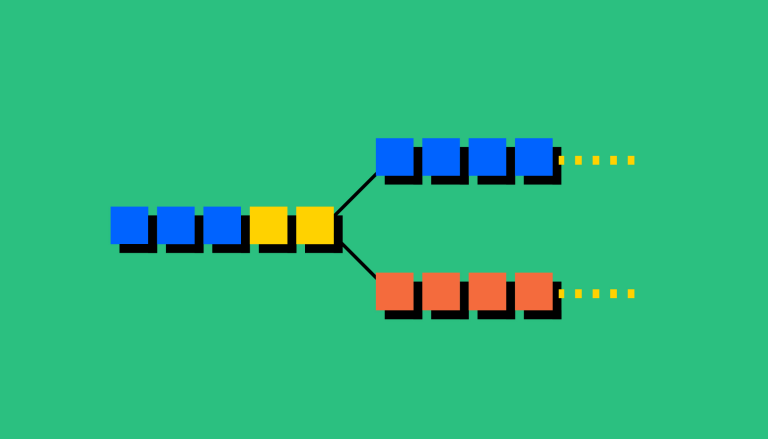What is the blockchain trilemma?

The blockchain trilemma refers to the challenge of achieving three critical aspects of blockchain technology: security, scalability, and decentralization.
The trilemma suggests that optimizing one aspect often compromises the others, making it difficult to achieve all three simultaneously.
Various solutions, such as sharding, side-chains, and state channels, are being explored to address this trilemma, but they remain experimental.
Understanding the Blockchain Trilemma and Its Three Pillars
The blockchain trilemma is a concept that highlights the inherent challenge in achieving three critical aspects of blockchain technology simultaneously: security, scalability, and decentralization. This concept was first introduced by Ethereum co-founder Vitalik Buterin.
Security: In the context of blockchain, security refers to the robust defenses that blockchain networks must have in place to prevent malicious entities from taking over. A secure blockchain ensures the integrity and safety of the data it holds, making it difficult for malicious entities to alter or manipulate the information.
Scalability: This refers to the capacity of a blockchain network to handle a growing amount of work and its potential to be enlarged to accommodate that growth. A scalable blockchain can process a high volume of transactions quickly and efficiently, without significantly increasing transaction costs or times.
Decentralization: This is a key characteristic of blockchain technology, where control over the network is equally distributed among all participants, rather than being concentrated in a single central entity. Decentralization enhances the transparency and fairness of the network, as every participant has equal access to the information on the blockchain.
Addressing the Trilemma: Current Approaches
Addressing the blockchain trilemma is a complex task that involves striking a balance between the three pillars. Some projects choose to focus on two out of the three aspects, while others are exploring innovative solutions to tackle the trilemma head-on.
One such approach is sharding, a process that breaks down the blockchain into smaller pieces, or shards, each capable of processing its own transactions and smart contracts. This method aims to improve scalability without compromising security or decentralization.
Side-chains and state channels are other potential solutions. Side-chains are separate blockchains designed to perform specific tasks, thereby reducing the load on the main chain. State channels, on the other hand, allow transactions to be conducted off-chain, with the final state of these transactions being recorded on the main chain.
The Future of the Blockchain Trilemma
While the blockchain trilemma presents a significant challenge, ongoing innovation in the decentralized ecosystem is gradually overcoming these obstacles. Layer-1 and Layer-2 solutions are being developed to enhance scalability, security, and decentralization, potentially solving the trilemma once and for all.
However, it's important to note that these solutions are still in their experimental stages. The future of blockchain technology hinges on the successful resolution of the trilemma, which could lead to greater adoption of blockchain and cryptocurrencies across various industries.


